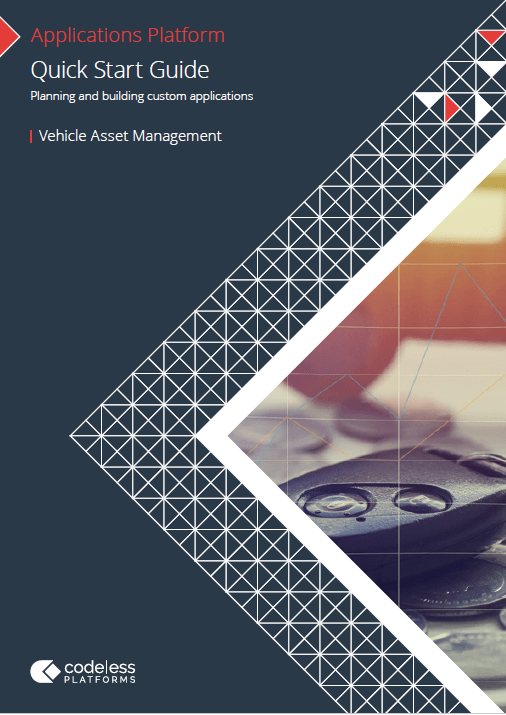It’s not uncommon for a software implementation project to miss its deadline. It can be a convoluted and time-restricted process that puts a strain on your business.
To ensure that the implementation of your company car management software runs as smoothly as possible, on time and within budget, it’s best to have a plan in place. The following steps and the Quick Start Guide will help you to plan the business considerations and resources required to successfully implement your vehicle asset management software.
Planning Company Car Management Software Implementation
Selecting the right software
As a business grows it looks at ways to improve operations and day-to-day processes. Sometimes a business will be heavily reliant on working within spreadsheets, or it may be looking to change its existing business systems.
The problem with using spreadsheets as a database is that they are extremely error prone and rely on employees to manually update the correct information.
On the flip side, there are numerous fleet management applications that are designed in a generic way to appeal to the masses. Often, this means that your vehicle management processes must adapt to the system. As a result, you may have to pay for modules that you do not use and are unable to customise to suit your business requirements.
If you are using spreadsheets as your primary resource for a company car database or if your existing small business fleet management software has become too rigid, overkill for your requirements or too expensive, it may be time for you to investigate alternative solutions.
In many instances, a business just needs a business application that is easy-to-use and can be quickly customised to suit a specific requirement, role or process. Often, they don’t need a big solution, just something that fits.
For this reason, many businesses are turning to rapid application development. The reasons behind this approach are that they can be quickly implemented ‘as is’ or easily customised to suit the exact requirements of the organisation. Rapid applications are mobile ready and enable you to scale the application up or down depending on the needs at that moment in time. They provide the flexibility that businesses need.
Based in the ‘cloud’, they provide easy-to-use drag and drop tools to make development, deployment and the management of applications so simple that small to medium businesses can meet the growing demands of an increasingly complex business world.
Building your project team
Your project team will provide you with the right skills, resource and knowledge to successfully implement the company car management application. There are three core groups that should be key members of the team. These include:
- Users, Managers and Directors
- IT specialists
- Project Manager(s) to act as a go between IT specialists and users
Business Goals and Objectives
This process is to prioritise the goals and objectives that you would like the vehicle asset management system to help you achieve. Your project team should be involved in this process with each goal and objective documented.
Refining processes through a road map
Building your road map will help you to further document and evaluate individual processes to discover potential technical constraints that you may occur.
The metrics and goals that you have defined in the previous step need to be aligned with the business process improvement goals. This means that the small business fleet management system will then be able to bridge them together.
Communication
As with any project or business process, communication is the key between success and failure. Ensure that your project manager works alongside the marketing department to create a communication strategy. This is an ideal opportunity to gather feedback and reveal the benefits that the new software aims to deliver, along with the anticipated timescales.
UAT and Training
Before implementing your application you will need to ensure that the project team perform user acceptance testing. This provides the opportunity to ensure the software works as it should and removes the risk of going ‘live’ with an error prone solution.
Employees who will be using your new company car management software will need to have a clear understanding of the application. It’s advised to implement a training schedule to include live scenario-based sessions and quick tip videos that can be used as a point of reference in the future.
For a more detailed guide on planning your Vehicle Asset Management Software implementation, download the Quick Start Guide below or call us on +44 (0) 330 99 88 700.

